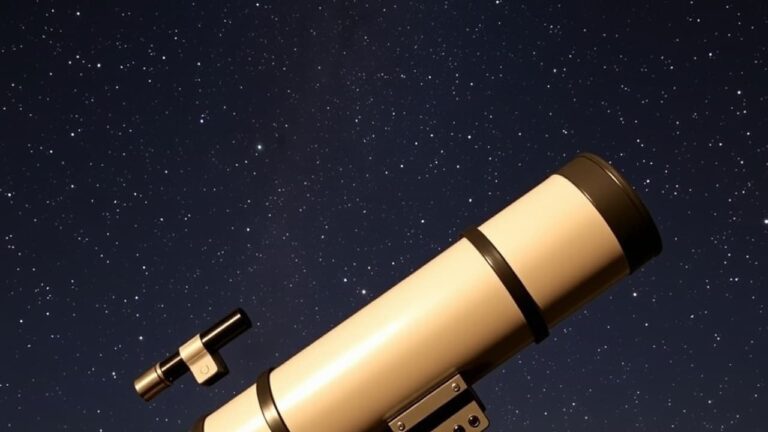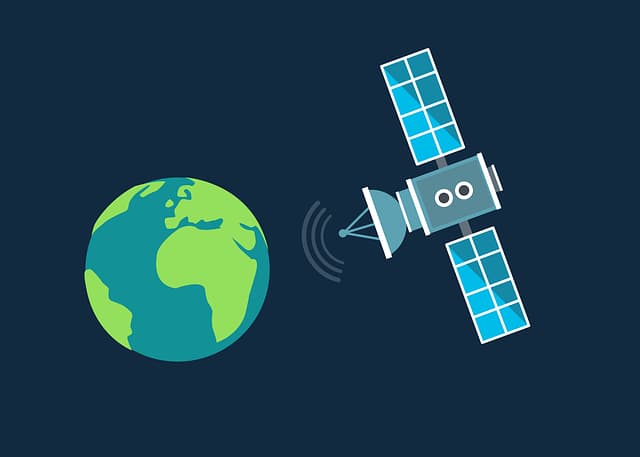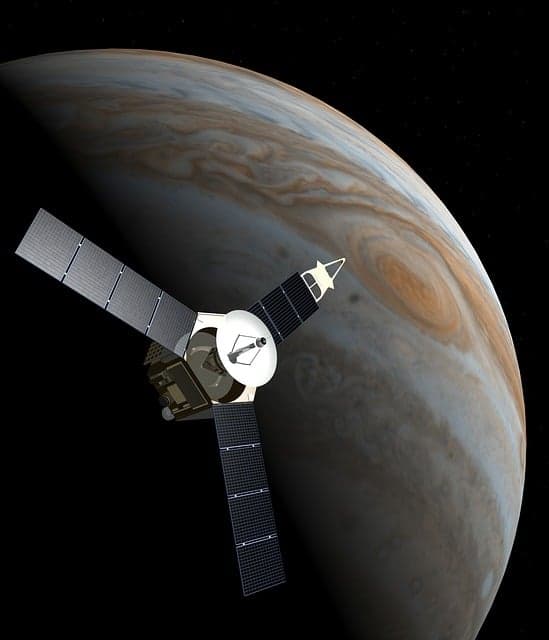Iridium
The Iridium project was launched in 1988.
Initially it was planned that the network would consist of 77 satellites and was named after the chemical element with the same atomic number – Iridium. Later it became clear that only 66 satellites would be enough to cover the entire globe, including the poles and oceans.
The system was developed with financial support from Motorola. The first call through Iridium was made in 1997. The commercial network became fully operational on November 1, 1998.
The expected life cycle of the original satellites was 8 years, but they lasted until they were completely replaced by the new generation of satellites, Iridium-NEXT. The improved satellites were launched between 2017 and 2019 by SpaceX.
Iridium satellites are integrated into a lattice system that allows them to transmit signals between them. This eliminates communication discontinuities. The satellites communicate with their neighbors through a Ka band transceiver. Each satellite can support up to four inter-satellite links: two to satellites in front and behind in the same orbital plane and two to satellites in adjacent planes on either side.
Iridium also uses ground stations that connect to the nearest available satellites. There are currently only four stations: two in the U.S., one in Europe and one in South America. The stations connect the satellite system and the terrestrial networks to improve network availability. But, calls from one terminal to another can be transmitted directly through satellites, without the involvement of ground stations.
The constellation consists of 66 active satellites, and is divided into 6 orbitals of 11 satellites each. Orbitals are spaced 30° apart.
As of today, Iridium is the largest commercial satellite network.
Inmarsat
Inmarsat is a British telecommunications company.
inmarsat-logo
The company was originally part of the International Maritime Satellite Organization (INMARSAT), which was established in 1979 to operate a satellite network for United Nations maritime communications.
In 1999, the company was privatized and its operational part was transferred to the British entity Inmarsat Ltd. Inmarsat is the first privatized satellite company.
Unlike Iridium, all connections to Inmarsat’s network are strictly through ground stations. Inmarsat uses 14 geostationary satellites. The satellites are divided into different series and are used for different purposes:
4 Inmarsat-3 series satellites.
2 spares
1 for existing services (operated via ground stations that do not belong to Inmarsat)
1 leased out
4 Inmarsat-4 series satellites.
Provides telephone and Internet communications
5 Inmarsat-5 (GX) satellites
Used for the Global Xpress network – a global provider of Internet. The speeds of this network reach up to 50 Mbps
The satellites are operated from the Satellite Control Center (SCC) at the Inmarsat headquarters in London. The SCC is responsible for monitoring the satellites and maintaining their trajectories.
Inmarsat’s main satellite applications are:
Aviation (security, wi-fi for passengers on board)
Ocean communications (fishing boats, drilling platforms, passenger ships)
Government and military applications
Business solutions for private companies
Inmarsat network coverage also provides free distress alerting services for maritime vessels and aviation as a public service.
Thuraya
Thuraya, established in 1997, is the first satellite communications provider in the UAE.
Although the company owns just 2 geosynchronous satellites, their service is available in 161 countries in Europe, Asia, Africa and Australia.
The first satellite is located in a geosynchronous orbit with an inclination of 6.3° at 44°E. The second satellite is located in a geosynchronous orbit with an inclination of 6.2° at the position 98.5° E. Both satellites support up to 1,750 calls simultaneously.
The company does not rule out launching a third satellite in the future.
logo network-coverage-1
Thuraya offers various communication services – calls, SMS and Internet. The company also makes its own equipment, often with GPS connectivity. Their mobile devices can provide speeds from 60 kbps and 15 kbps. While using the network with their own devices – speeds can reach 444 kbps.
Thuraya is also flexible in their processes. Their sim cards are capable of working in regular phones. In some cases, ordinary SIM cards can also work with the satellite network (provided that the GSM provider has a contract with Thuraya connections).
Starlink
Starlink is a global satellite system being developed by SpaceX to provide high-speed broadband Internet access to remote locations.
250px-Starlink_Logo.svg
As of May 2021, more than 1,600 satellites have been launched and are in operation. Starlink is planning an infrastructure of 32 ground stations.
Unlike Iridium, Inmarsat and Thuraya – Starlink does not connect directly to the user’s mobile device. Instead, special terminals have been developed that will communicate with satellites and transmit Internet to mobile devices.
The network is still in beta stage. Testing is available in 8 countries: North America, Europe and Oceania. Initial tests have shown download speeds ranging from 11 Mbps to 60 Mbps. Military and aviation applications are also in the development phase.
When this network is fully operational, it will be able to provide high-speed Internet throughout the Earth’s surface. It is expected that 10% of Internet traffic will pass through Starlink.
Orbcomm
Orbcomm is an American company offering industrial M2M and IoT solutions.
250px-Head_orbcomm
The project started in the late 80s, and the first test satellites were launched in 1992.
In 1995, the first tests of the global satellite network took place.
By February 1996, ORBCOMM launched the world’s first commercial service for global telephone communications, based on LEO satellites.
Between 1997 and 1999 Orbcomm launched 33 satellites.
As of 2021, the company owns and operates a network of 31 satellites in low earth orbit. Their ground infrastructure also includes 16 base stations around the world.
Orbcomm’s network services are available in more than 130 countries.









